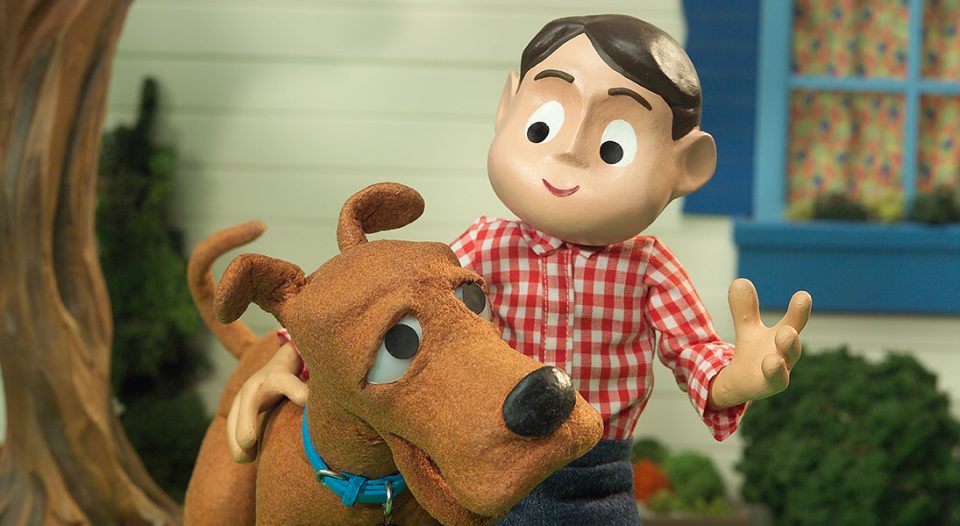Editor’s note: This post is a continuation of “An animated anniversary.”
Davey and Goliath is a perennial TV staple. The stop-motion animated series, conceptualized by the United Lutheran Church in America (ULCA), premiered 60 years ago, in February 1961. What follows is a timeline of significant events in the show’s history, along with brief reflections from people across the ELCA on its impact.
1958
Franklin Clark Fry, president of the ULCA, designates $1 million of the church budget to fund the production of a TV program.
1959
The ULCA contracts with Clokey Productions Inc., headed by Gumby creators Art and Ruth Clokey, to create a children’s show, Davey and Goliath. Scripts were written by children’s book author Nancy Moore in consultation with the church.
1960
The ULCA Department of Press, Radio and Television reports to the church’s biennial convention that they hope to have the first season of the series ready for broadcast by the end of the year.

“With Davey and Goliath spilling into my life every Sunday morning before church, I was reminded as a little kid that ‘church’ was far bigger than one building filled with one congregation. And the fact that it preempted other, non-[stop-motion animated] cartoons demonstrated to me that it was pretty important.”
—Rick Steves, travel writer and TV host
1961-1962
Episodes of the show are given, free of charge, to nearly 200 television markets in North America. The series also appears overseas, including Spanish, Portuguese, Dutch and Cantonese translations.
1961
Davey and Goliath premiered in syndication on Feb. 25 with its first 15-minute episode, “Lost in a Cave.”
1962
The ULCA merges with several other Lutheran churches to form the Lutheran Church in America (LCA), which takes over funding of the series.
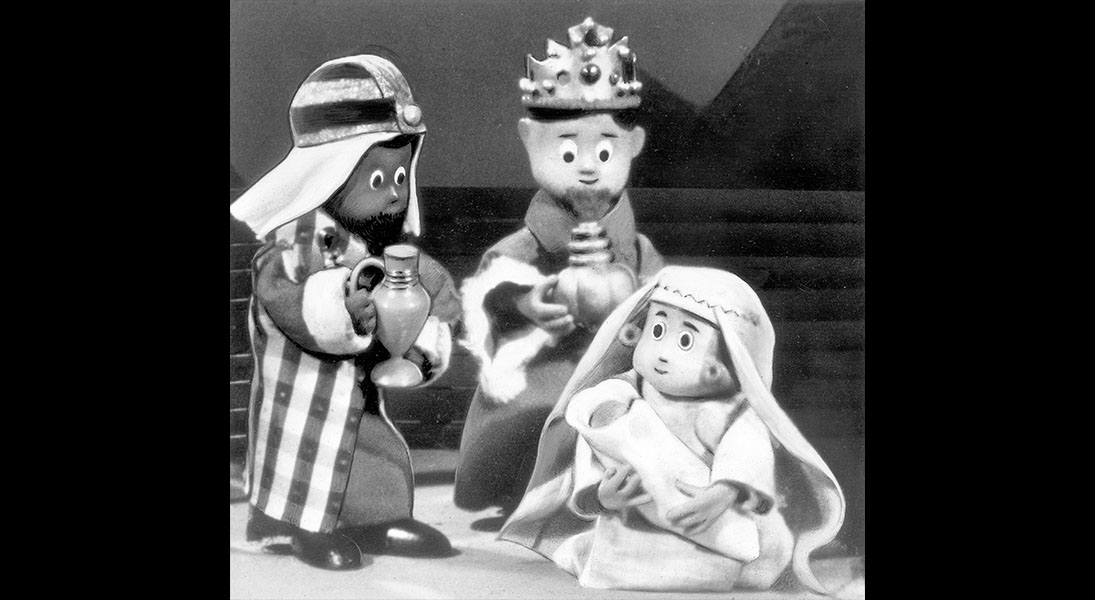
“Looking back on it now, it was the simple notion of God’s love and acceptance that had such wide appeal. The characters were normal, everyday folks just like me, my family and my community. That’s what hit home for me about the show. The other thing that endures for me is that Goliath is really the only celebrity impression I can do, according to my family: ‘Gee, Davey!’”
—Chad Hershberger, director of communications and bookkeeper, Upper Susquehanna Synod
1965
The first Davey and Goliath special, the 30-minute “Christmas Lost and Found,” airs.
1967
The LCA funds three more specials: “New Year Promise,” “Happy Easter” and “Halloween Who-Dun-It.”
1971
A fifth special, “School … Who Needs It?” airs.
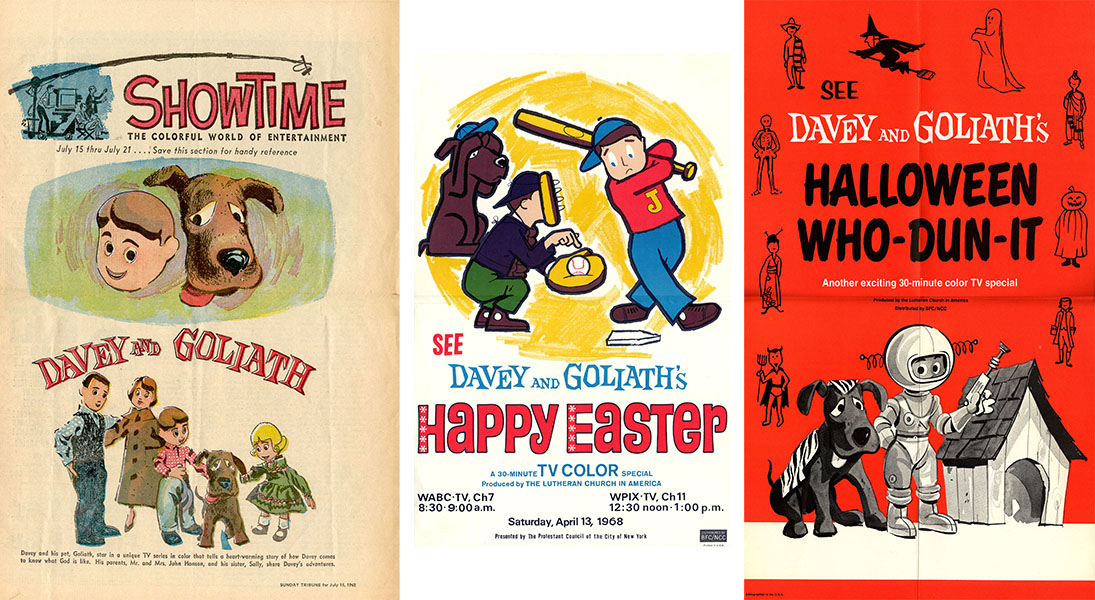
“There were episodes where Davey laughed, cried, fought with his siblings, was disappointed and so much more. Much like Mister Rogers, this show gently educated and brought generations of children a new understanding of themselves and the world. Congratulations, Davey and Goliath, on 60 years of not only entertaining children but showing love and grace and heart.”
—Shelley Bryan Wee, bishop, Northwest Washington Synod
1971-1973
The LCA funds another run of 27 episodes. In addition to the spiritual themes of the earlier episodes, these stories deal with integration, racism, violence and other topical issues. The series includes some of the earliest minority main characters in a children’s show.
1988
The LCA joins with the American Lutheran Church and the Association of Evangelical Lutheran Churches to form the ELCA, which now holds all rights to Davey and Goliath.
1990s
Throughout the decade, Davey and Goliath is referenced in prominent pop-culture properties such as The Simpsons, Friends and Mad TV.
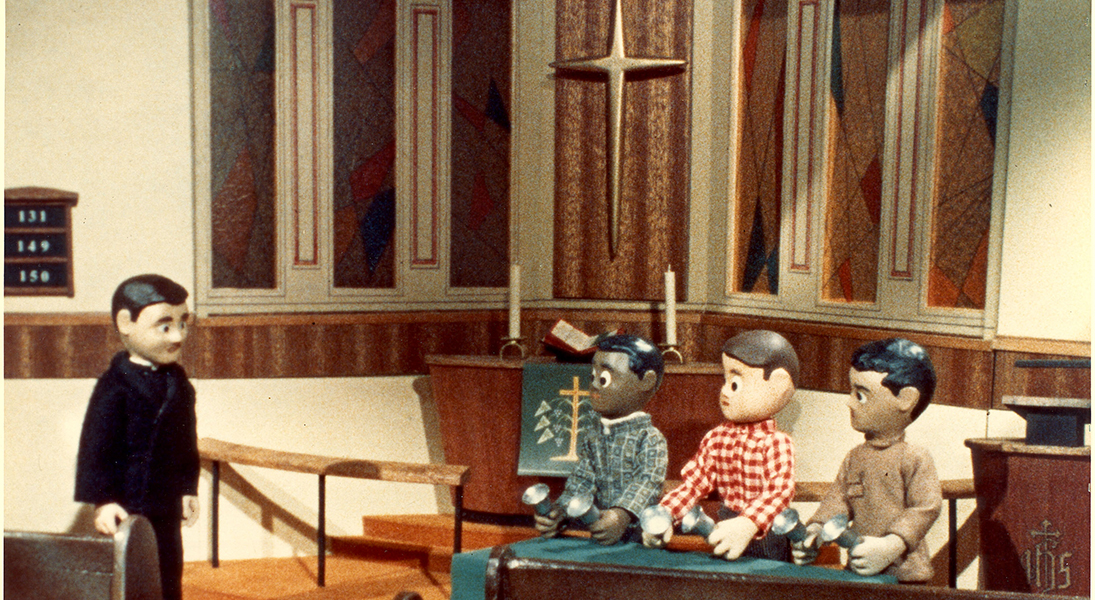
“I can still remember Goliath’s ‘Gee, Davey’ in four different tones, and my surprise that something having to do with church was on television, in an entertaining way. A Sunday morning activity, if I was ready in time, was to spread out the comics section from the Pasadena Star News on the floor. Davey and Goliath and the comics were kind of one thing [for me]. A child’s joy in the early light of morning on a day when the family was together.”
—Brian Stein-Webber, director of seminary relations, Pacific Lutheran Theological Seminary, Berkeley, Calif.
2001
After a nearly 30-year hiatus, the characters are featured in a Mountain Dew commercial. Ad royalties are used to fund the production of a new Davey and Goliath special, to be developed over the next several years.
2002
Millions of children have now grown up with Davey and Goliath. The program has been translated into seven languages and broadcast on every continent except Antarctica.
2003
Davey and Goliath products are licensed, including plush and bendable toys, bobbleheads, shirts, lunchboxes and more. A one-hour documentary special, Oh Davey! History of the Davey and Goliath Television Series, is produced by the ELCA for broadcast on local ABC-TV affiliates. And the characters appear at the ELCA Churchwide Assembly and the ELCA Youth Gathering, where a new Davey and Goliath short on baptism is shown.
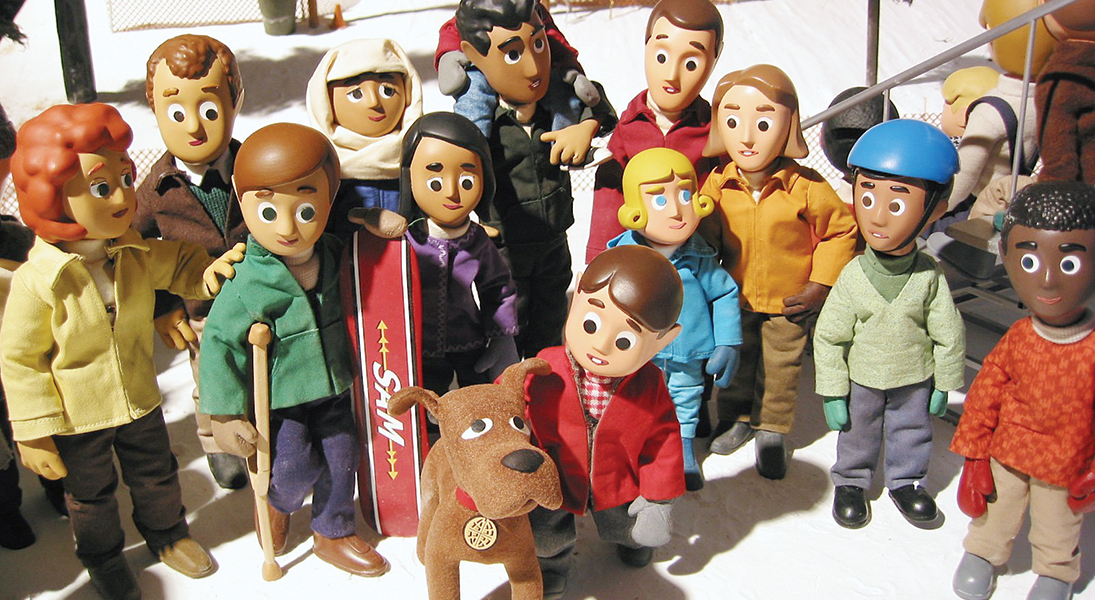
“I grew up with Davey and Goliath and loved the stories. I was in high school before I figured out the theme song was ‘A Mighty Fortress.’ Davey was someone I could relate to. The themes were things that happened in everyday life and made me feel not alone in the experiences I had at school.”
—Ron Clark, Providence Lutheran Church, Holland, Ohio
2004
A new special, Davey and Goliath’s Snowboard Christmas, is broadcast on the Hallmark Channel. “Davey and Goliath’s Camp Creation” vacation Bible school curriculum is offered through Augsburg Fortress. And the Luther Institute’s Wittenberg Award is given to Davey and Goliath’s founders: Art Clokey, Ruth Clokey, Frank Klos, R. Marshall Stross and Richard Sutcliffe.
2005
Scholastic Inc. issues four new Davey and Goliath story and activity books. Life magazine runs a feature story on Davey and Goliath. Starlight Home Entertainment and the ELCA distribute a DVD compilation of classic episodes and bonus material. “Davey and Goliath’s Circus Spectacular” vacation Bible school curriculum is offered through Augsburg Fortress.
2008
Episodes are made available on iTunes.
2018
Episodes are available to stream on Amazon Prime Video and Tubi.
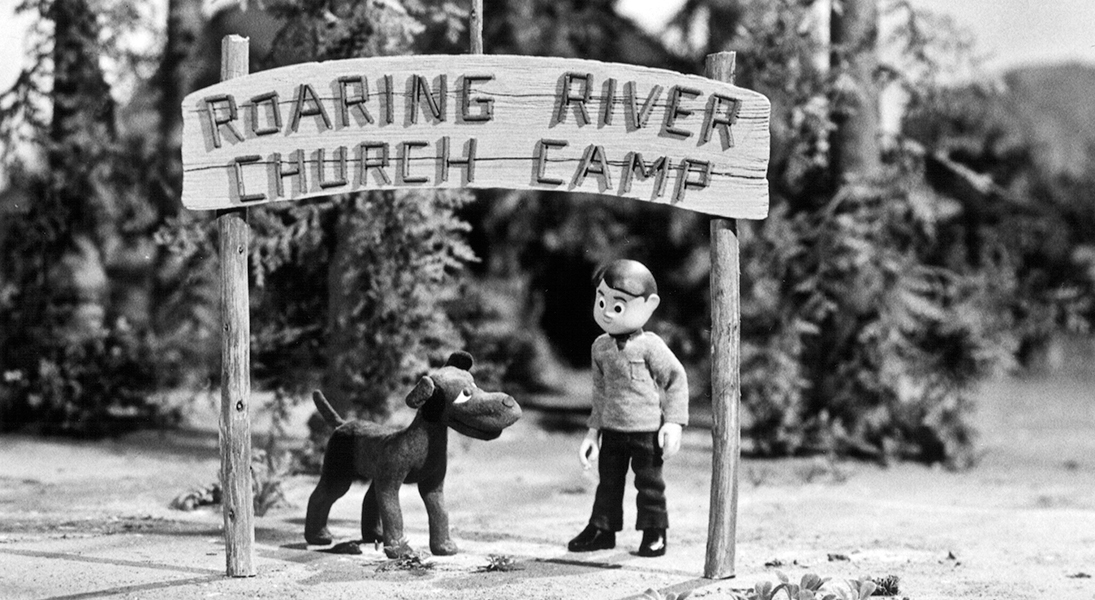
“I grew up watching Davey and Goliath. I liked the stories, the way the characters were animated and how each show had something to teach about values and faith. Growing up near San Diego, where there weren’t as many Lutherans as there were in other parts of the country, I was impressed that my church was responsible for this show. I guess it made me feel proud, in a way.
“Many years later I was serving as a pastor, and a local funeral home contacted me about a family that needed help with a service for their grandmother, who had been a lifelong Lutheran. In meeting with them to prepare for the funeral, her granddaughter casually mentioned that her grandfather, who had died many years earlier, had been one of the producers of the Davey and Goliath show. They spoke with great pride about his work helping create and produce the show. I let them know how much I had enjoyed the show, and how honored I would be to lead the service for the spouse of someone who had made such a difference in my life and faith.”
—Mark W. Holmerud, bishop, Sierra Pacific Synod
2020
All episodes are free to watch on EncourageTV’s YouTube channel.



